Propagate These 16 Plants In September And Kickstart Next Year’s Garden
The change of season in September offers the perfect chance to prepare your garden for next year. Propagation during this time allows plants to rest and build strong roots. Simple steps taken now can lead to healthy blooms and foliage down the road. Many gardeners appreciate how rewarding it feels to grow new plants from cuttings or divisions. With a little effort today, your garden can be filled with life when warmer days arrive.
This post may contain affiliate links, which helps keep this content free. Please read our disclosure for more info.
Roses
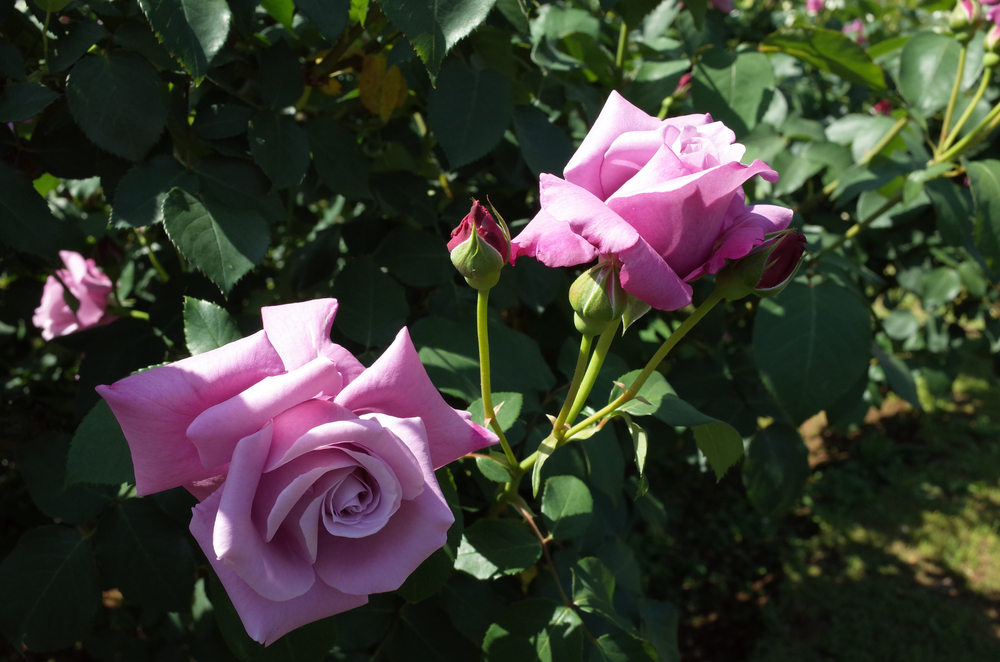
Roses can be propagated through cuttings taken in September when the weather is cooler. Choose healthy stems about six inches long and remove the lower leaves. Place them in a mix of soil and sand for better drainage. They will slowly form roots through the fall and stay dormant during winter. By spring, new shoots will begin to appear.
Many gardeners like rose propagation because it allows them to expand their garden without buying more plants. Keeping the cuttings slightly moist helps them survive the colder months. Covering the pots with a plastic bag can help maintain humidity. Select strong varieties that adapt well to your local climate. With patience, you will enjoy a colorful bloom next year.
Lavender
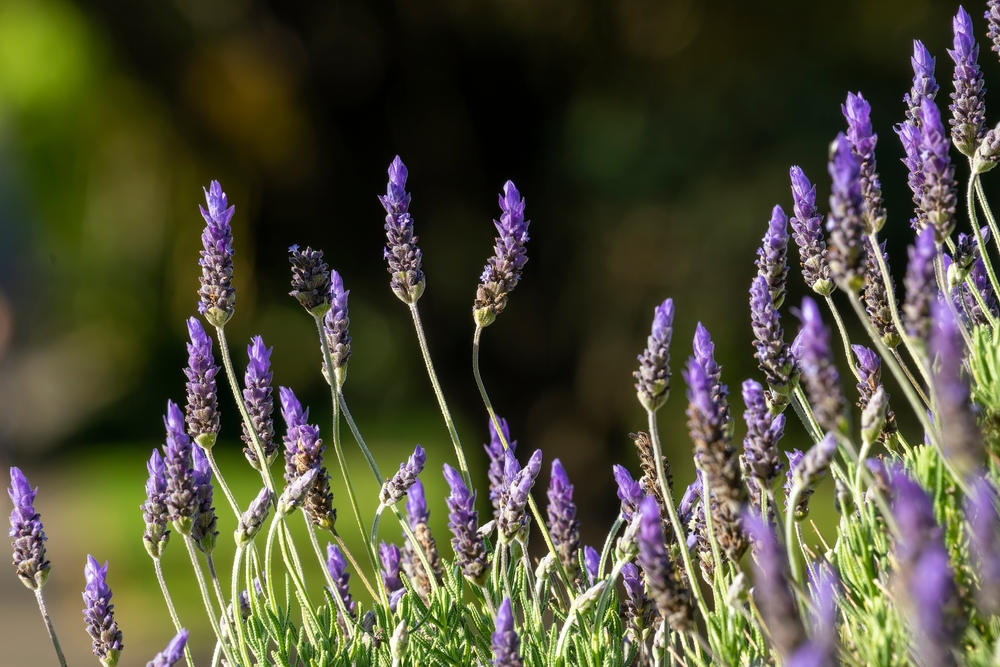
Lavender grows well from cuttings taken in September as temperatures begin to cool. Snip non-flowering stems and trim them to about four inches long. Remove the lower leaves and place the cuttings in sandy soil. Keep them in a sunny spot while they develop roots. This herb loves warmth but can settle in during autumn with proper care.
Lavender cuttings need well-draining soil to prevent root rot. A small greenhouse or a bright windowsill can help during colder days. Propagating lavender now means you will have fragrant flowers ready by summer. Many people enjoy adding them to borders or pots for easy maintenance. With regular watering, the cuttings will stay healthy through winter.
Hydrangeas
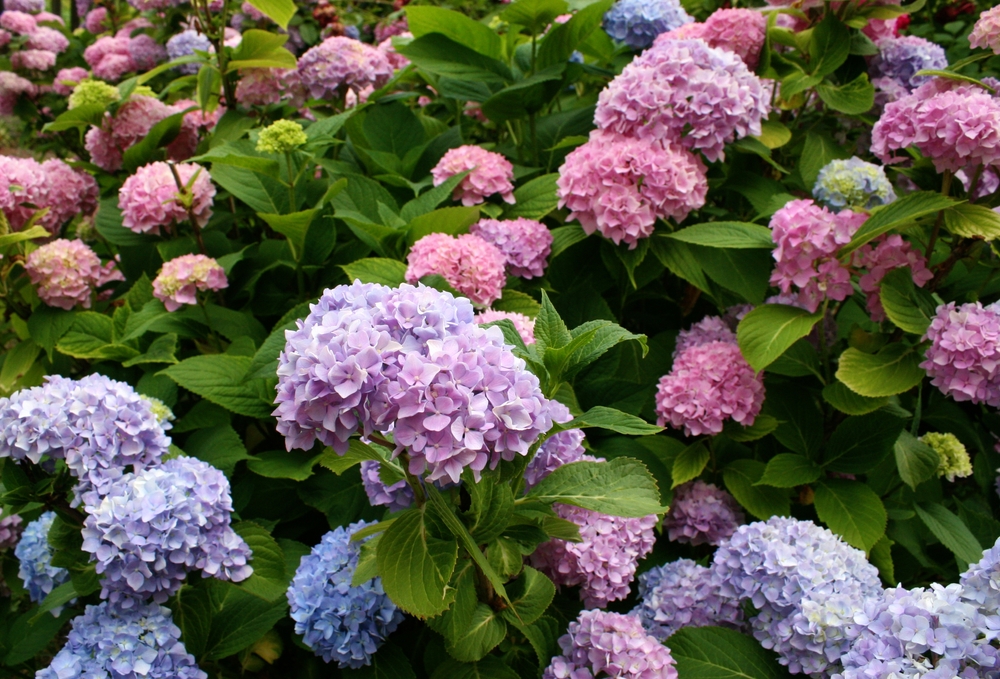
Hydrangeas are ideal for propagation in September through stem cuttings. Select a branch with no flower and cut it about five inches long. Remove most of the leaves, keeping only the top pair. Place the cutting in moist soil with partial shade. Roots will begin to develop before the cold weather arrives.
These shrubs adapt well when started in early fall. Hydrangeas brighten gardens with large clusters of blooms, making them worth the effort. Adding rooting hormone can help cuttings grow faster. Keep the soil damp but never waterlogged. Next year, they will reward you with colorful and full blossoms.
Hostas
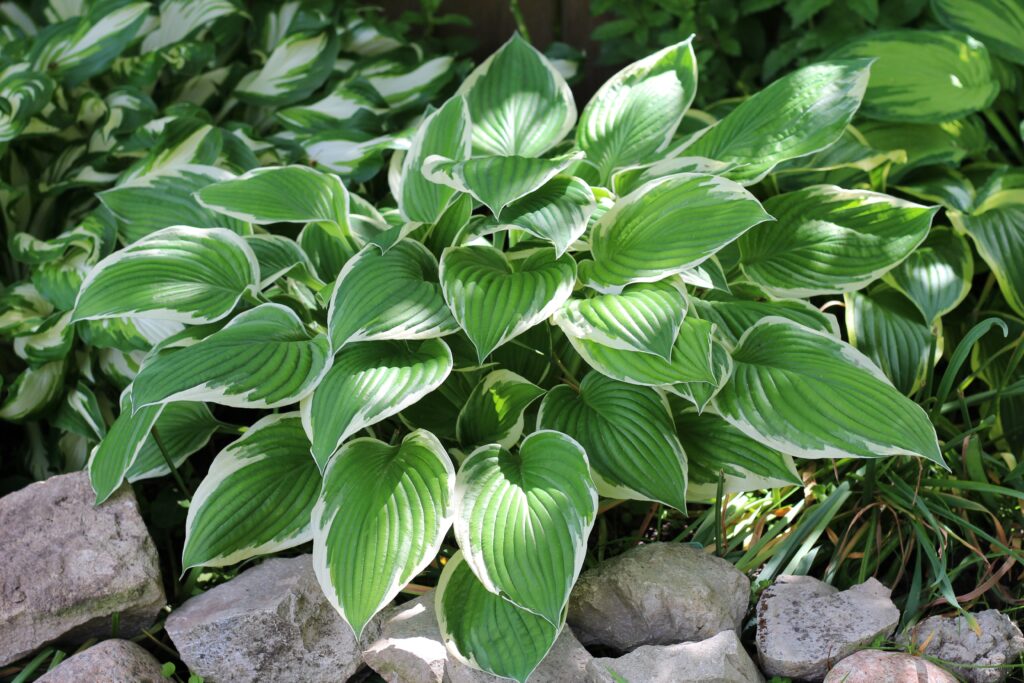
Hostas are easy to divide in September as they begin to slow down growth. Dig up a mature clump and carefully split the roots into smaller sections. Each section should have at least a few healthy shoots. Replant them in rich soil with partial shade. Water well to help them settle before winter.
Hostas are shade-loving perennials that thrive with minimal care. Dividing them keeps older plants from becoming too crowded. They return stronger each spring with lush foliage. These plants can fill empty garden spaces and add texture. Propagation in September ensures they will be established for the coming year.
Geraniums
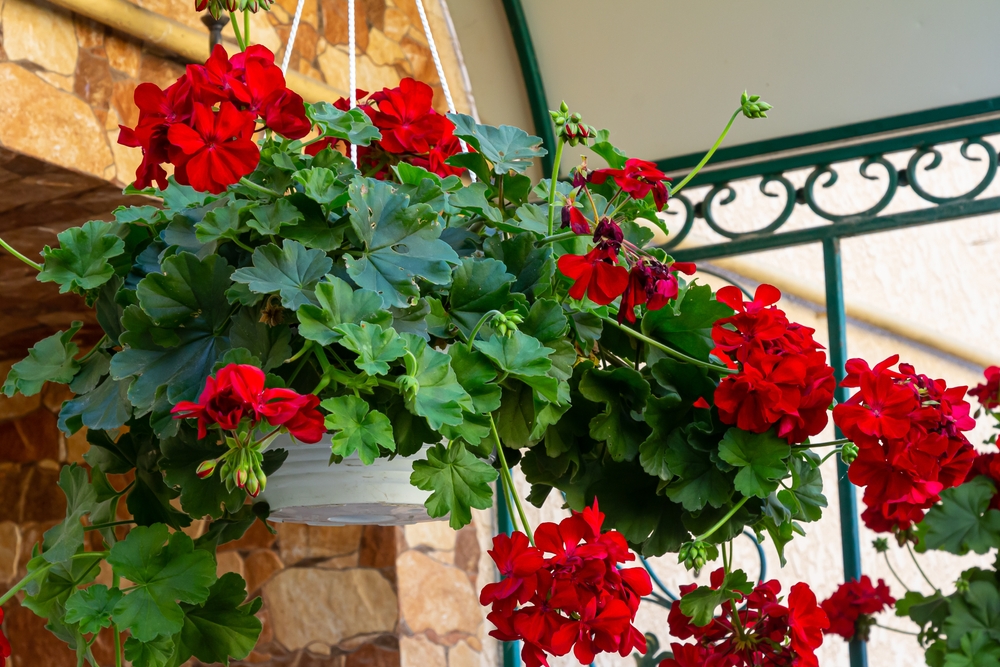
Geraniums can be propagated by cuttings taken in early fall. Choose healthy stems that are about four to six inches long. Remove the leaves at the base and insert them into a container with moist soil. Place the container in bright light indoors or in a sheltered outdoor area. Roots usually develop within a few weeks.
Many gardeners like geraniums because of their vibrant flowers and easy growth. Propagating in September allows time for roots to strengthen before winter. Keep the cuttings lightly watered to prevent drying out. They do well in containers and flower beds once established. By next summer, they will be ready to bloom fully.
Chrysanthemums
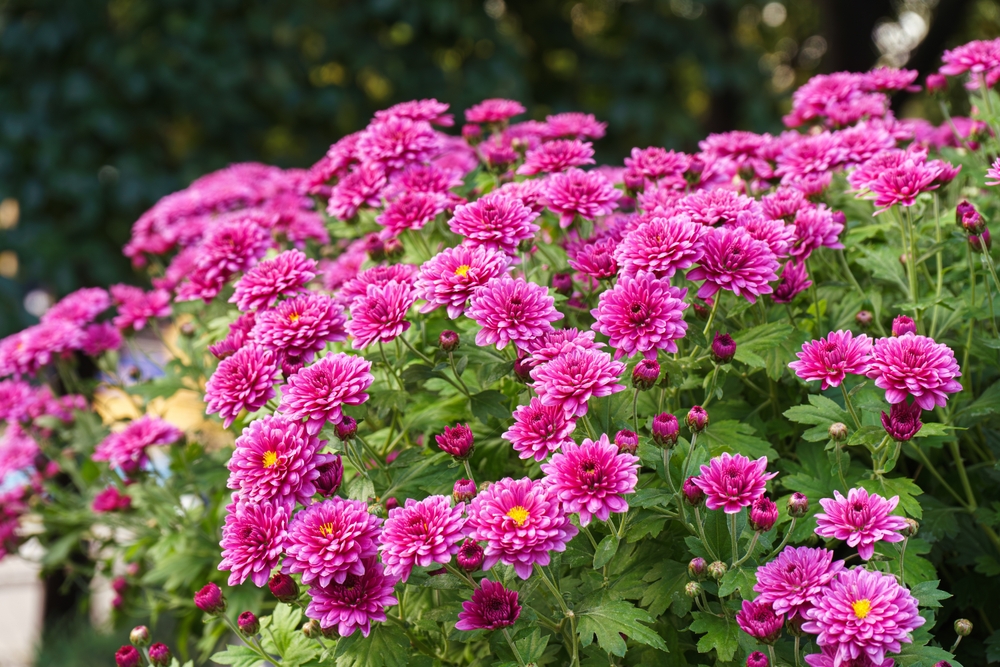
Chrysanthemums can be propagated in September by dividing mature plants. Carefully dig up the clump and split it into sections. Each section should have roots and shoots to survive. Replant them in fertile soil with full sun. Water well to help them recover.
These flowers are popular for their late-season color. Propagating them in early fall prepares them for better growth next year. Removing older growth helps new plants stay vigorous. They are hardy perennials that can thrive in many conditions. Propagation now gives them time to adjust before winter frost.
Mint
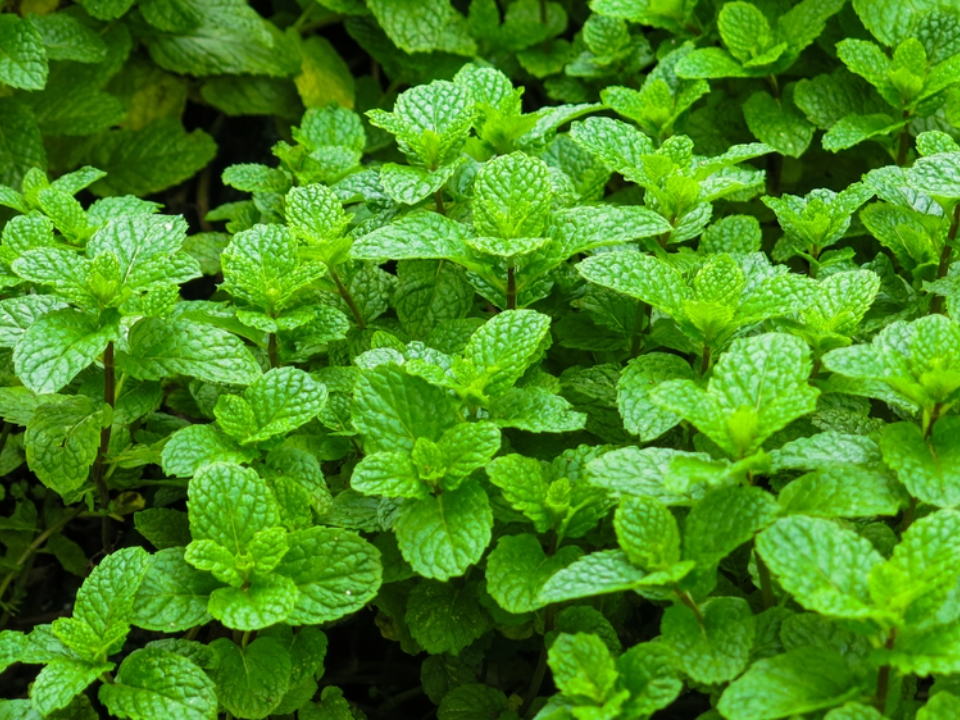
Mint spreads quickly and can be propagated from cuttings in September. Cut a healthy stem about six inches long and remove the bottom leaves. Place it in water until roots appear, then transfer to soil. Keep it in partial sun with moist soil. It will root easily and grow quickly.
Mint is a strong herb that can take over a garden if not contained. Many gardeners prefer growing it in pots. Propagation now will give you a steady supply of leaves for tea and cooking. Mint cuttings need regular trimming to encourage bushy growth. By spring, you will enjoy a full, fragrant plant.
Peonies
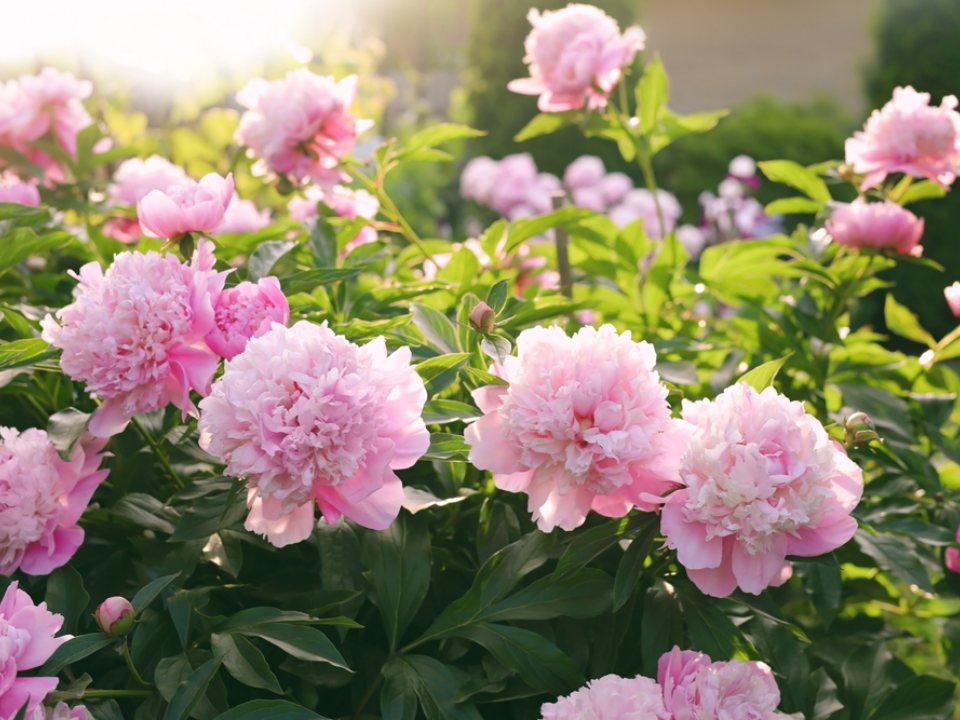
Peonies are best propagated by root division in September. Dig up a mature plant and cut the roots into sections with at least three eyes. Replant them in rich, well-drained soil. Place them in a sunny area for best results. Water thoroughly to help roots settle.
Peonies take time to bloom but are worth the patience. Dividing in September allows the roots to prepare during winter. Once established, they can bloom beautifully for many years. Planting them too deep can delay flowers, so keep the eyes near the surface. By the next season, you will see new growth ready to develop.
Daylilies
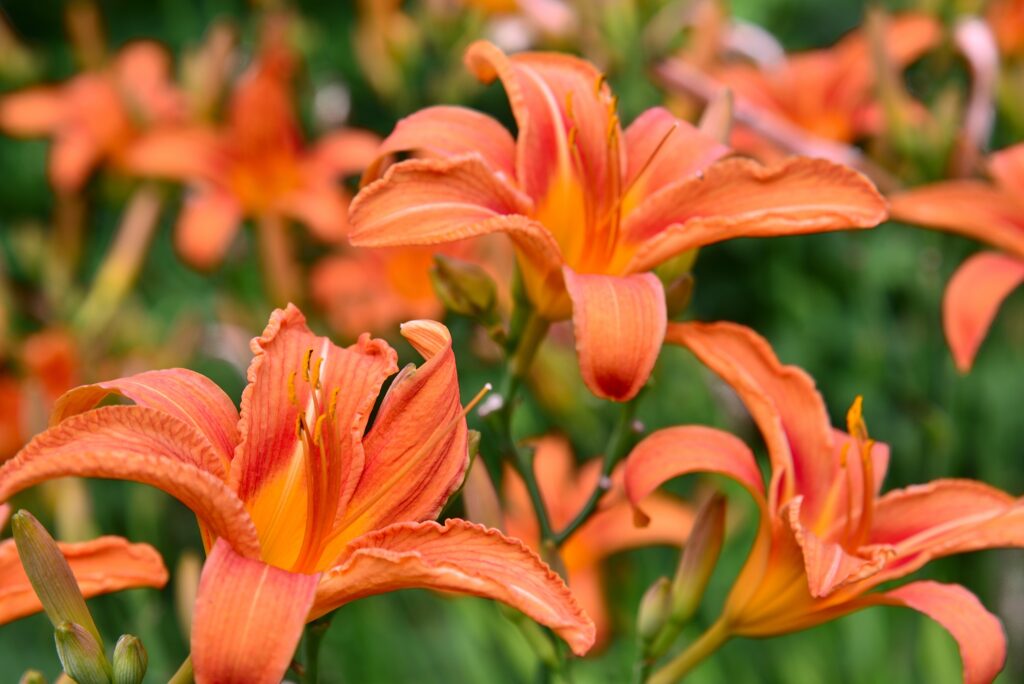
Daylilies can be propagated by division in September when the weather is cooler. Dig up a large clump and split it into smaller groups. Each section should have both roots and leaves. Replant them in sunny spots with good soil. Water well after planting to encourage growth.
These perennials return year after year with colorful flowers. Dividing them keeps plants from overcrowding. September propagation ensures strong growth for spring. Daylilies adapt well to different soil types. With minimal care, they will bring bright blooms to your garden.
Thyme

Thyme can be propagated through cuttings in September. Snip stems about three inches long and remove the lower leaves. Place them in sandy soil in a sunny spot. Keep the soil slightly moist while they root. This herb does well in pots or garden beds.
Thyme adds flavor to many dishes and is easy to maintain. Propagation now allows roots to grow before cold weather sets in. This herb prefers dry soil, so avoid overwatering. Once established, it will last for years with regular trimming. Fresh thyme will be ready to harvest by the following summer.
Sedum
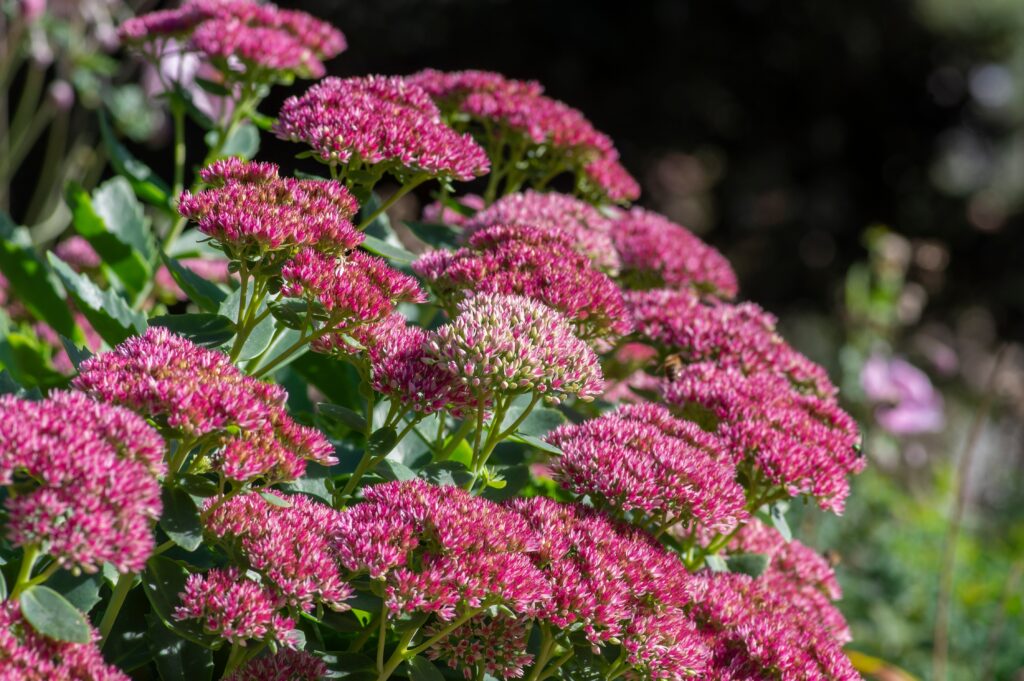
Sedum is a hardy plant that propagates well through cuttings in September. Cut healthy stems and place them in sandy soil. They need little water to take root. Place them in an area with full sun. They will grow slowly through cooler months and thrive next year.
Sedum is a popular choice for rock gardens and borders. Propagating now helps prepare them for warm weather growth. They require very little maintenance once established. Their colorful, fleshy leaves bring texture to gardens. By next year, your sedum patch will look fuller and more vibrant.
Black-eyed Susans
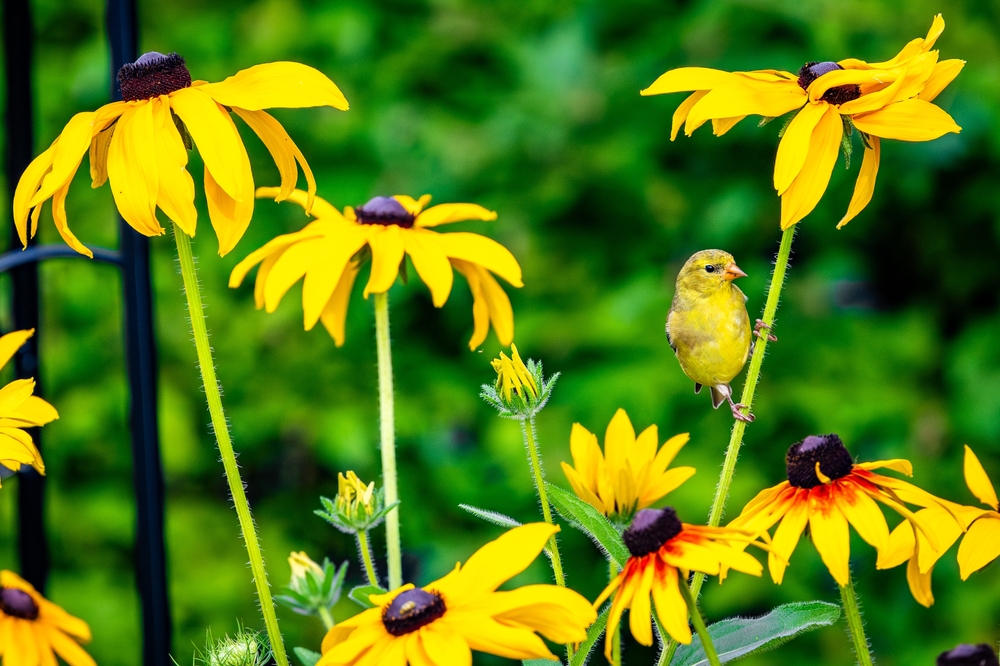
Black-eyed Susans can be propagated by division in September. Lift mature plants and split them into smaller sections. Each section should include roots and leaves. Replant in sunny areas with rich soil. Water well to help them settle.
These bright flowers attract pollinators and add color to late summer gardens. Dividing them now gives them a chance to recover before winter. They come back stronger in spring with fresh blooms. Removing old clumps helps maintain healthy growth. By next year, your garden will have an even larger display.
Phlox
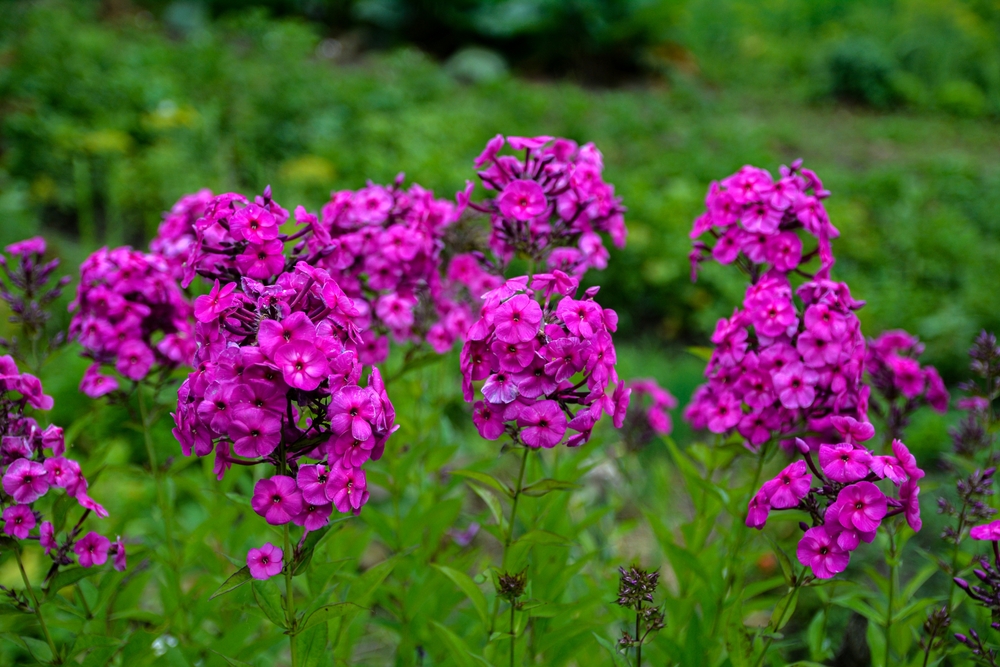
Phlox can be divided in September to create new plants. Dig up a mature clump and separate into smaller sections. Replant each section in soil with good drainage. Keep them in full sun for best flowering. Water thoroughly after planting.
These perennials are valued for their clusters of colorful flowers. Propagation at this time helps them prepare for next spring. They need space to spread, so dividing keeps them healthy. Adding mulch can protect young plants over winter. Next season, they will reward you with vibrant blooms.
Salvias
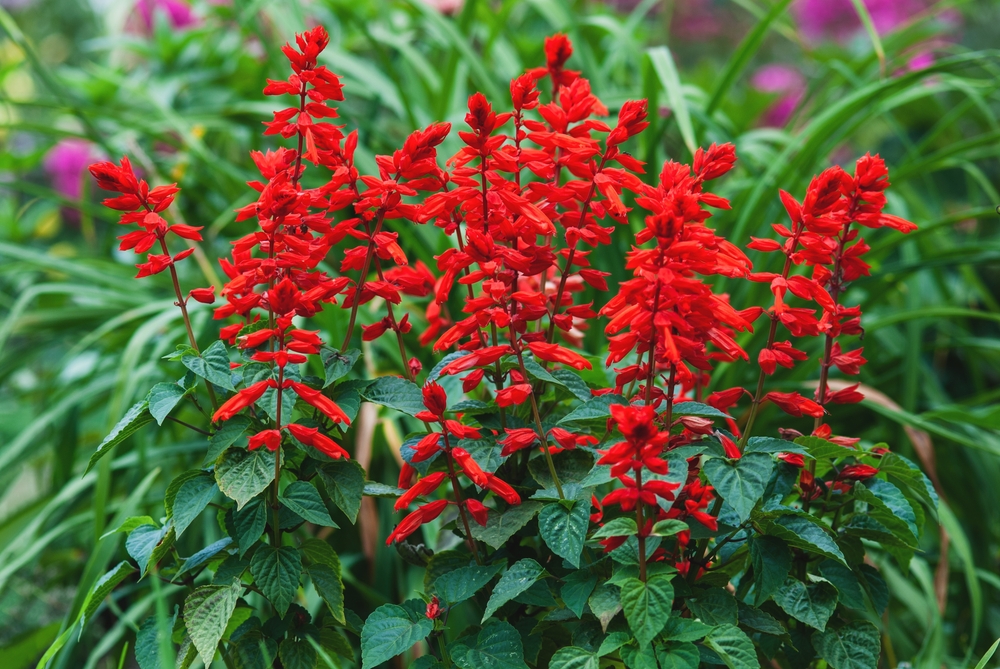
Salvias can be propagated through cuttings in September. Take stems about four inches long and remove the lower leaves. Place the cuttings in moist soil in full sun. They root quickly and can be kept indoors if temperatures drop. Water lightly to help them grow.
Salvias add bright colors and attract pollinators to gardens. Propagation now allows them to settle before winter arrives. These plants are adaptable and thrive in both beds and containers. Pruning will encourage bushy growth in the next season. By summer, salvias will bring long-lasting color.
Shasta Daisies
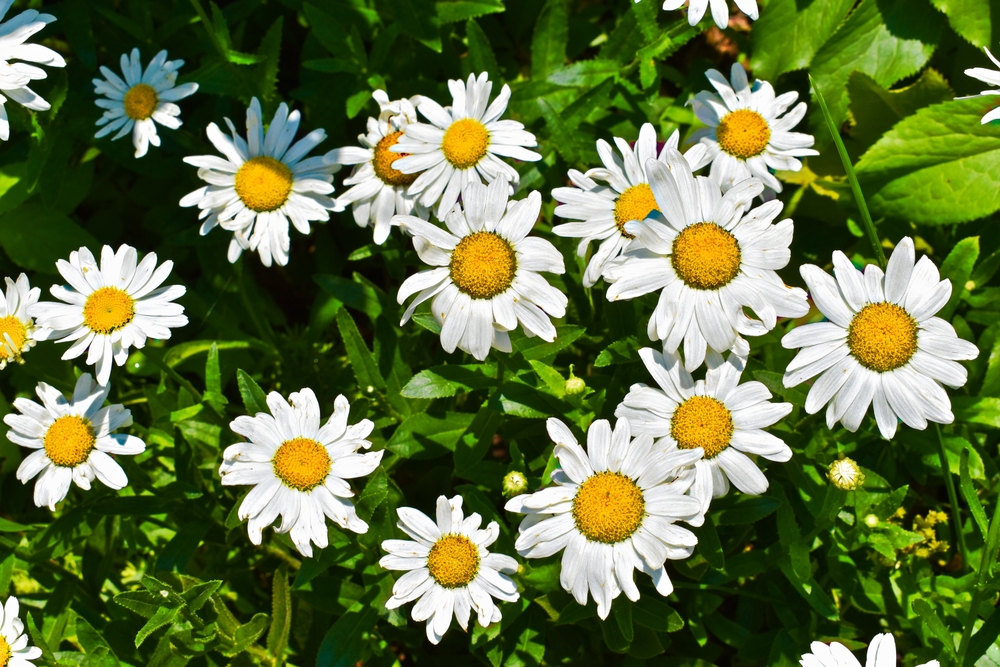
Shasta daisies are easy to propagate by division in September. Dig up older plants and split them into smaller groups. Replant each group in soil with good drainage and full sun. Water well after replanting to encourage new root growth. They will rest through winter and return in spring.
These daisies are cheerful perennials that brighten garden beds. Dividing them helps prevent overcrowding. Propagation in September sets them up for bigger blooms. They spread steadily once established. Next season, they will reward you with plenty of fresh flowers.
Catmint
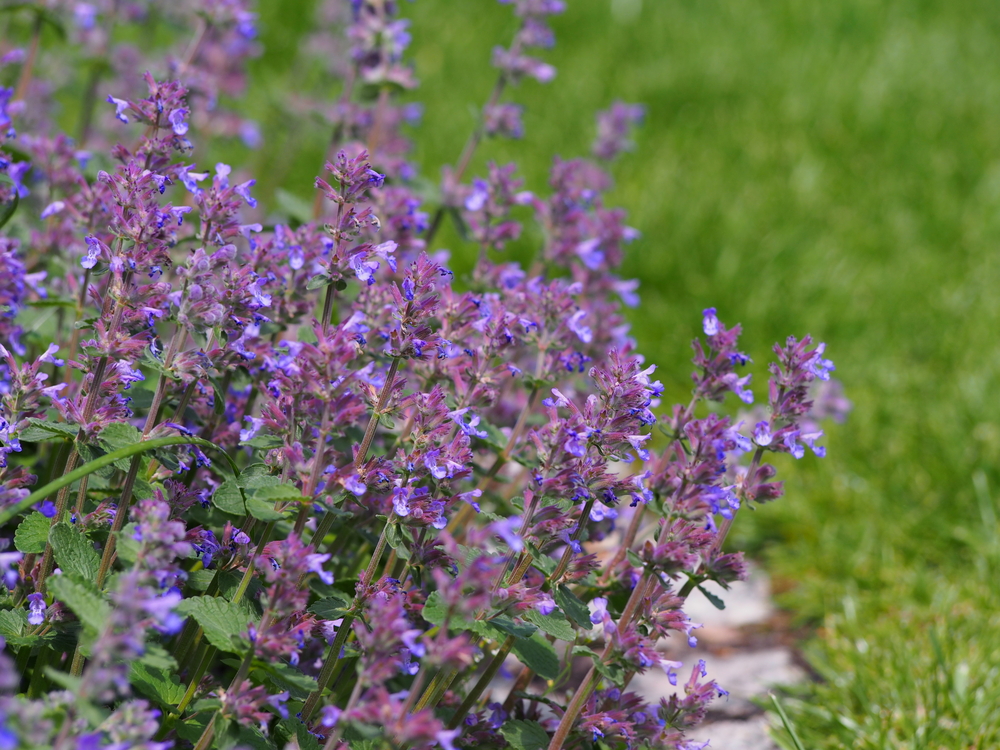
Catmint grows well from cuttings taken in September. Select non-flowering stems about four inches long. Remove lower leaves and place them in sandy soil. Keep the cuttings slightly moist until roots form. Catmint is hardy and can withstand cooler weather.
This plant adds soft purple flowers and fragrance to gardens. It is popular for edging and attracts pollinators. Propagation now helps roots prepare for spring growth. Catmint thrives with little maintenance once established. By next year, it will be a strong and spreading plant in your garden.
This article originally appeared on Avocadu.
